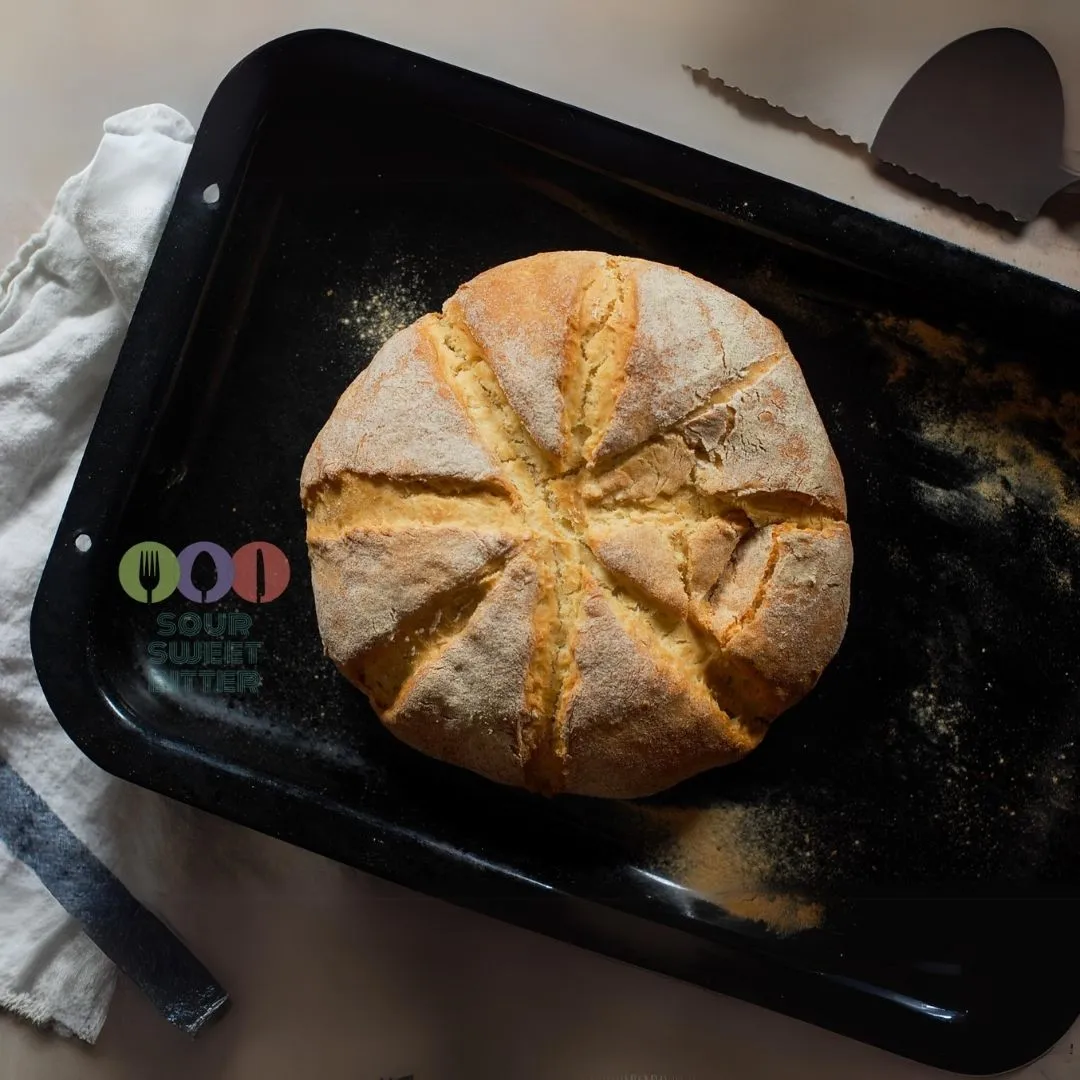Dampfnudeln: A German Comfort Food Tradition
Dampfnudeln, a traditional German dish, is a delightful combination of soft, pillowy dough and a golden, caramelized crust. These steamed yeast dumplings have been a beloved comfort food in Germany for centuries, often enjoyed as both a sweet and savory dish.
A Simple Yet Satisfying Dish
The preparation of Dampfnudeln starts with a simple yeast dough made from flour, milk, sugar, butter, and a pinch of salt. The dough is allowed to rise until it becomes light and fluffy. After rising, the dough is shaped into individual balls and then steamed in a pot with a small amount of milk or water. The key to Dampfnudeln’s unique texture lies in this steaming process, which creates a soft, fluffy top and a slightly crispy bottom.
Versatile and Delicious
Dampfnudeln can be served in a variety of ways, making them a versatile dish. On the sweet side, they are often accompanied by vanilla sauce, fruit compote, or a dusting of powdered sugar. The sweet version is a popular dessert or afternoon treat. However, Dampfnudeln can also be enjoyed as a savory dish. In this case, they are typically served with a creamy mushroom sauce, sauerkraut, or even a hearty meat stew.
Cultural Significance
In German culture, Dampfnudeln is more than just a meal; it represents a sense of home and tradition. Families often pass down their Dampfnudeln recipes from generation to generation, each adding their own unique twist. The dish is particularly popular in the southern regions of Germany, especially in Bavaria and the Palatinate. It is often associated with special occasions, such as holidays and family gatherings, where the comforting aroma of steaming Dampfnudeln fills the home.
Serving Dampfnudeln
Dampfnudeln are best served fresh and warm, straight from the pot. Whether you prefer them sweet or savory, these soft dumplings offer a satisfying and comforting meal. The combination of the soft, fluffy dough with the golden, slightly crispy crust creates a delightful contrast in texture. When paired with your favorite sauce or side dish, Dampfnudeln provides a truly heartwarming dining experience.
A Taste of German Tradition
Dampfnudeln is a dish that brings a taste of German tradition to the table. Whether you’re enjoying them as a dessert, a main course, or a simple comfort food snack, Dampfnudeln offers a delicious and satisfying experience that has stood the test of time. This classic dish continues to be a cherished part of German cuisine, loved by generations for its simplicity, versatility, and comforting flavors.
Discover Traditional Recipes from Germany Discover Traditional European Recipes You may like this also: Egyptian Umm Ali 10 Traditional German Recipes
German Dampfnudeln
Ingredients
Instructions
-
Heat the butter and milk in a small saucepan over medium heat.
-
You can prepare the dough in a food processor or on the counter. First, make a well in the middle of the flour.
-
After adding sugar, yeast, eggs and a pinch of salt, put the heated milk mixture in the middle of the pool.
-
After kneading for 2-4 minutes in the food processor and 7-8 minutes by hand, place the dough on a floured counter. After kneading it lightly, place it in a deep bowl and leave it to ferment in a warm environment for about 90 minutes.
-
Place the fermented dough back on the floured counter. First divide it into two, then into fist-sized pieces. Shape the meringues into balls and place them on the tray, cover them and leave them to ferment for another 30 minutes.
-
In a large, deep pan, bring 200 ml of water, ½ teaspoon of salt and 3 tablespoons of olive oil to a gentle boil over medium heat.
-
Arrange the prepared meringues in the pan, lower the heat and steam them with the lid closed for about 15-20 minutes and remove from the heat.
-
Arrange the cooked meringues on a serving plate. Serve by pouring the vanilla sauce you prepared on top. Bon Appetit!
Note
Milk can also be used instead of water in the cooking part of the recipe. Since the bottom is crispy and the top is steamed, we need to get a soft structure.













